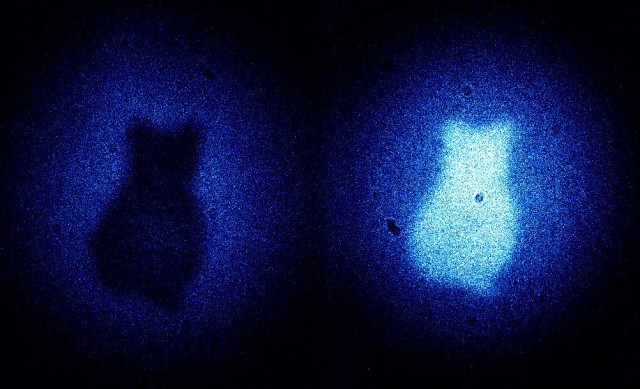Quantum mechanics lets you image an object with photons that never hit it
Ars Technica » Scientific Method 2014-08-27

One item on the long list of strange facts about quantum mechanics is that the mere possibility of something happening is often just as good as it actually happening. For example, the fact that a photon could potentially travel down a given path can be enough to create an interference pattern that requires the photon to take that path.
Something similar is true regarding a phenomenon called quantum interference. A team of researchers from the University of Vienna has now taken advantage of this idea to create a bizarre imaging technique where the photons that actually strike the object being imaged are discarded. The image itself is then built other with photons that were entangled with the discarded ones.
Interference is the ability of two waves, such as photons, to interact either additively or destructively. In the quantum world, whether or not interference occurs depends on the ability to distinguish the two things that are interfering. If they are distinguishable, interference cannot occur. But you don't have to actually distinguish between them in order to block interference. As the authors of the new paper write, "The mere possibility of obtaining information that could distinguish between overlapping states inhibits quantum interference."
Read 6 remaining paragraphs | Comments